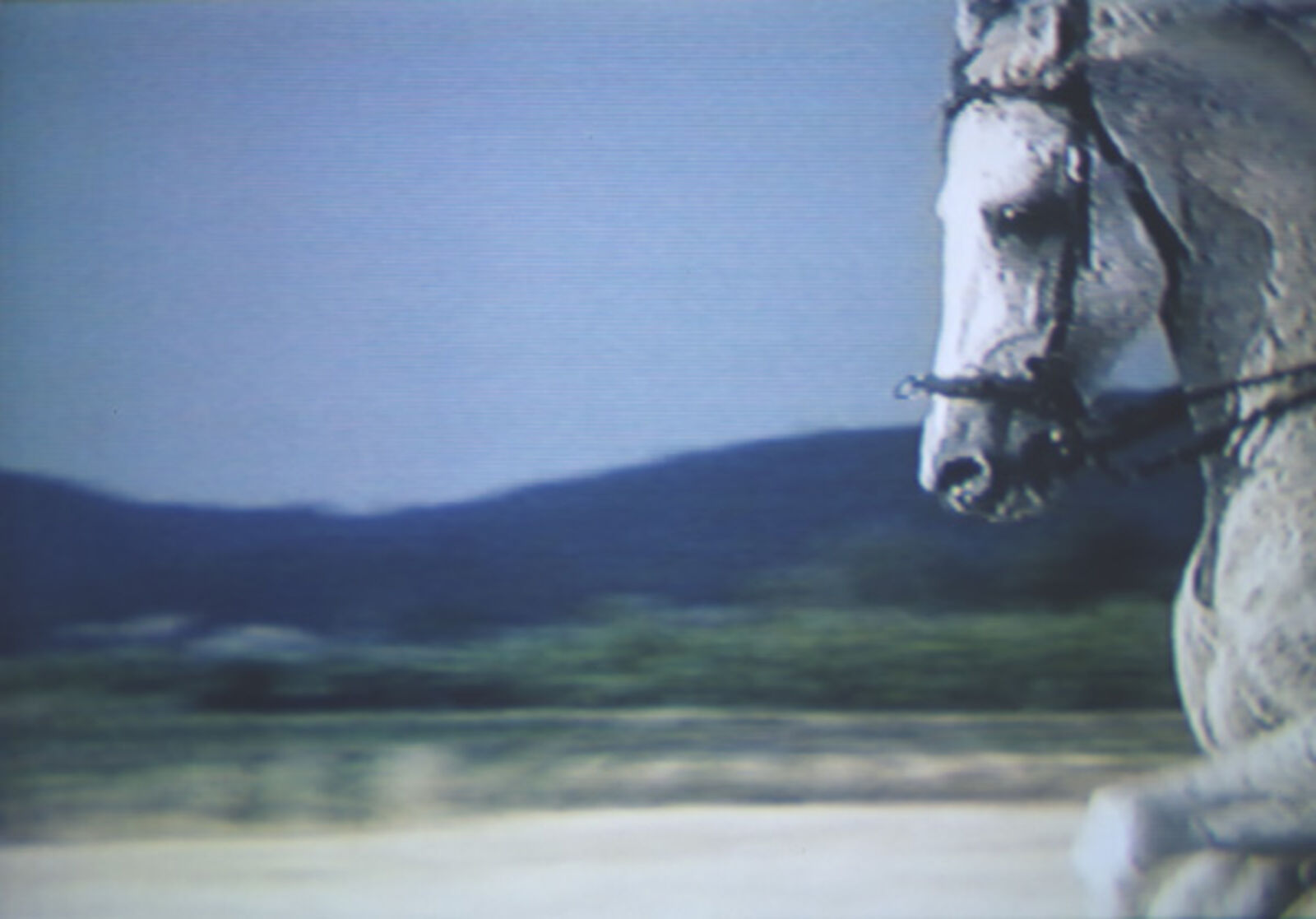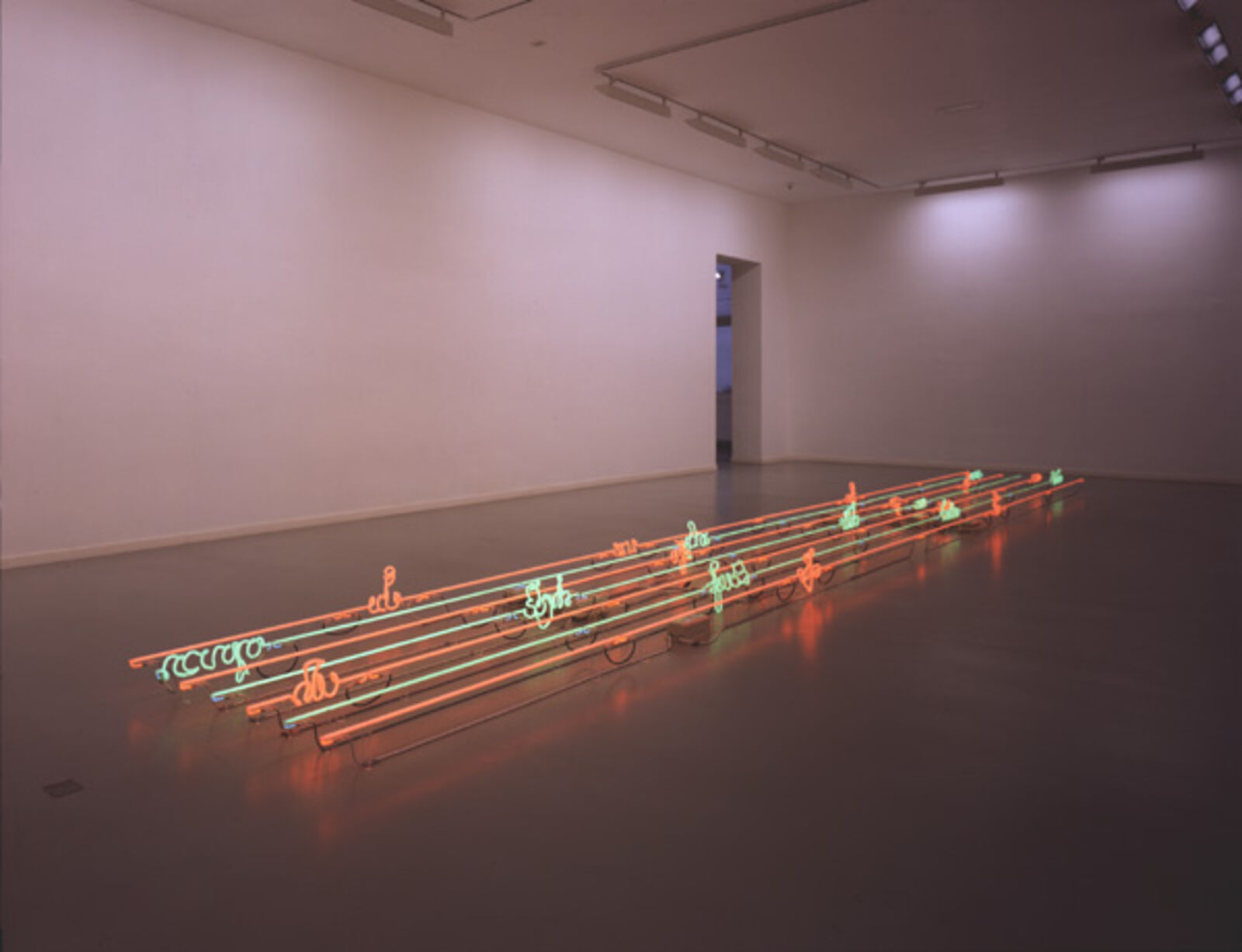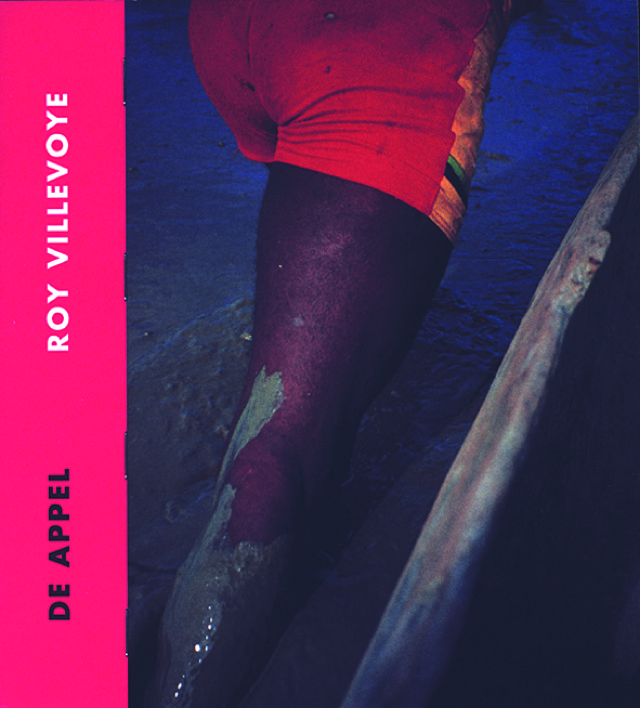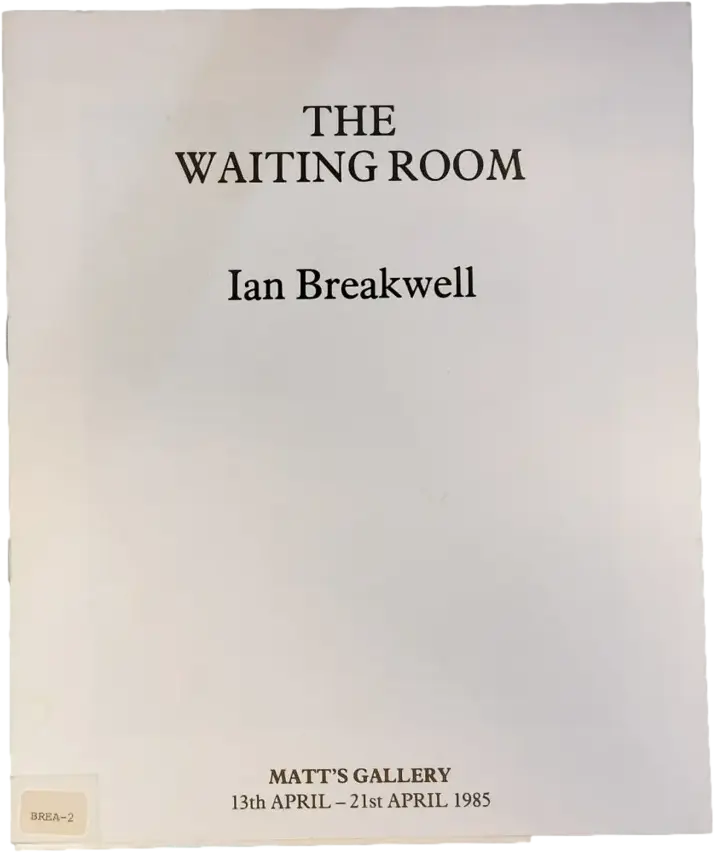Marie José Burki, Vong Phaophanit, Rosângela Rennó & Roy Villevoye
17.02–09.04.1995
de Appel, Nieuwe Spiegelstraat 10, Amsterdam
de Appel, Nieuwe Spiegelstraat 10, Amsterdam

Marie José Burki, Paysage, 1989
© Cary Markerink, Amsterdam
© Cary Markerink, Amsterdam

Vong Phaophanit, Untitled, 1995
© Cary Markerink, Amsterdam
© Cary Markerink, Amsterdam

Rosângela Rennó, In oblivionem, 1995
© Cary Markerink, Amsterdam
© Cary Markerink, Amsterdam

Roy Villevoye, Tjampoer, 1994
© Cary Markerink, Amsterdam
© Cary Markerink, Amsterdam
The exhibition presented work of four artists. Each of them, in his/her own way, commented on the frenzied consumption of text and image. To the existing vocabulary a visual language was added that demanded to be pondered, to be read and to be contemplated. Yet the exhibition did not pretend to set up themes or narratives. The backgrounds and working methods of these four artists are too heterogenous for such an interpretation. There are nevertheless, areas of convergence. The exhibition showed different perceptions of the use of language. The codes of languages these artists use were constantly being 'transplanted' into another context or culture. This isolation of language fragments in an unusual setting generated a different perception of something that was basically 'known'. The transplantation and isolation was not simply intended to turn these codes into art: the surface was being manipulated in order to give the content a different meaning.
Text, literature and perception play a major role in the video installations of Marie José Burki. Texts and images are used in such a way that they reinforce or even comment on one another. Animals, in particular birds, frequently play the lead in her videos. Animals who appear to react with astonisment to the way in which they are framed and categorized by human beings.
In many of his works Vong Phaophanit, born in Laos, brought up in France and now living in England, uses the languages of his native country, Laos. For De Appel he created a new installation incorporating Laotian characters in neon. Phaophanit slows down the intellectual process of understanding by suggesting meanings that balance between form and content. The images and texts he works with send out an unfamiliair cultural signal in the context in which they are used, without having to be understood literally as a message.
Only on a closer inspection does it become apparent that the texts used in Rosângela Rennó's wall inscriptions are taken from real life. Passages from sometimes gruesome newspaper reports, some translated, some still in Portugese, are mounted on the wall in the manner of solemn inscriptions. The glass-negative portraits set in the two fake doors are not immediately recognizable and suggest hopeless situations. Situations like those described in the newspaper reports, from which for many there is 'no way out'.
The slide installation Roy Villevoye mounted in De Appel was both a work in its own right and a documentation from earlier projects. The T-shirts with their holes edged with different coloured body make-up turn up in the slides, worn by the Papuans to whom Villevoye had given them during his 1992 trip. Paintings which, like the T-shirts, are reminiscent of colour charts, are alternated in a precisely calculated sequence with slides taken during his travels. As a result, the bright colours of the clothing worn by the people in the slides strike up a dialogue with the paintings. Each project in turn provides material for the next one, so that Villevoye is forever operating on the borderline between cultures.
(Based on the press release of De Appel)
Catalogues:
Some thoughts on the work of Marie José Burki, 1995. Text: Luk Lambrecht. Dutch & English. Bio- & bibliography included. 16 Pages: 5 b.w., 19 x 20.8 cm. Softcover. Design: Irma Boom. ISBN 90 73501 24 5. SOLD OUT
Vong Phaophanit, Amsterdam 1995. Text: Claire Oboussier. Dutch & English. Biography. 17 Pages: 3 f.c., 1 b.w., 19 x 21 cm. Softcover. Design: Irma Boom. ISBN 90 73501 26 1. € 5,-.
Rôsangela Rennó, Amsterdam 1995. Text: Jean Fisher, Wilma Sütö. In Dutch & English. Biography. 16 Pages: 1 f.c., 4 b.w., 19 x 21 cm. Design: Irma Boom. ISBN 90 73501 25 3. € 5,-.
Roy Villevoye, Amsterdam 1995. Text: Bert Steevensz. Dutch & English. Biography. 20 Pages: 2 f.c., 3 b.w., 19 x 21 cm. Softcover. Design: Irma Boom. ISBN 90 73501 23 7. SOLD OUT.
See also


